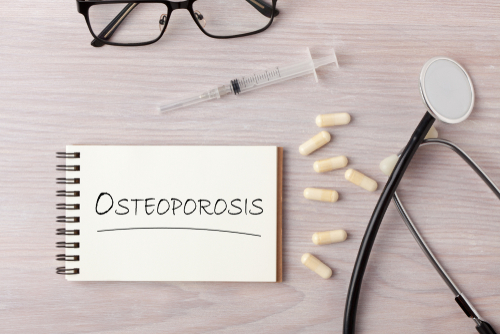
An article published in Endocrine Practice observed heterogeneity in osteoporosis screening patterns in male patients among surveyed primary care physicians, endocrinologists, and geriatricians.
Researchers surveyed randomly selected members of the American Academy of Family Practice, Endocrine Society, and American Geriatrics Society. Respondents were asked to rate how often they screened for osteoporosis by ordering a bone density scan in four different clinical scenarios. Multivariable logistic regression analyses were conducted to determine factors associated with offering osteoporosis screening in men in each clinical scenario. Physicians were also asked to note which factors would prompt osteoporosis screening for men.
Among 566 people who were surveyed, 359 responded, for a response rate of 63%. Most respondents (90%) reported that they would always or frequently screen for osteoporosis in a 65-year-old postmenopausal woman; however, just 22% reported that they would screen a 74-year-old man with no significant past medical history.
Endocrinologists were more likely to screen a 74-year-old man compared with primary care physicians (odds ratio, 2.32; 95% confidence interval, 1.10-4.88). Factors that would lead a physician to screen for osteoporosis in men included chronic steroid use (94%), history of non-traumatic fractures (88%), use of androgen-deprivation therapy for prostate cancer (82%), suppressive doses of thyroid hormone (64%), and a history of falls (52%).
“These findings can help design interventions to improve osteoporosis screening in men,” the researchers concluded.







 © 2025 Mashup Media, LLC, a Formedics Property. All Rights Reserved.
© 2025 Mashup Media, LLC, a Formedics Property. All Rights Reserved.